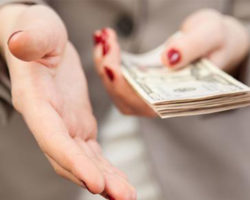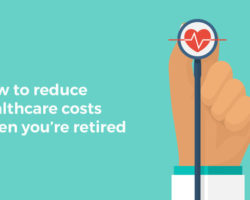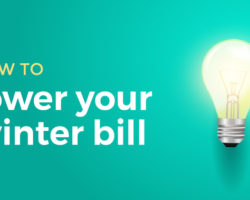The insurance industry includes more than 7,000 companies that collect over $1 trillion in premiums every year. It’s massive, and that’s why it makes such an appetizing target for thieves. The FBI estimates the total cost of insurance fraud (non-health insurance) at more than $40 billion per year. This translates into increased premiums of $400 to $700 a year for each American family.
Auto insurance fraud is one of the most common types of insurance fraud, and one of the most dangerous, as it involves car accidents. The wrecked car and the possible injuries are always worse and scarier when you find out that they were planned. However, just because thieves have developed numerous strategies to steal from you and your insurance company, it doesn’t mean that you can’t do anything about it.
Auto insurance fraud schemes
It might not make sense to you why someone would want to be involved in a car crash just to steal some money, but thieves don’t think like you. Over the years, they’ve developed several schemes that they use to get money off of you. Here are some of them:
1. The staged accident
A stranger has the “right of way” but he waves you into traffic. You do it, but then he hits you. Afterwards, he’ll deny having given you permission, leaving you liable. The same thing can happen when you’re looking for a parking space. You can avoid these situations by being alert and vigilant. And don’t forget to always do things the right way. Traffic laws are there to protect you.
2. Fake injury claims
Everybody has heart of “whiplash,” that neck injury caused by the forceful, rapid back-and-forth movement of the neck. Well, this type of injury is really hard to see on an X-ray. That’s why a lot of scammers are using it to get to some easy money.
You need to pay attention at the other driver. If he seems fine and only starts to complain about the pain when the police arrive, chances are it’s a scap. What you need to do now is file a police report. It doesn’t matter if it’s just a minor accident. The insurance company will trust an official report a lot more than the words of the other driver.
3. The staged rear-ending
It’s one of the most common and dangerous schemes out there, also know as the “crash for cash” or “swoop and squat.” The scammer usually slows down near an intersection or a stop, and then swoops in front of his victim, causing the other driver to crash into him. Rear-endings are considered the fault of the rear driver in almost all jurisdictions. It allows for both collision and injury claim, as the bad guy may pretend to have neck or back pain as a result of the accident.
Be careful while in traffic. Don’t follow other cars too closely and, if possible, try to be aware of the traffic ahead of the car in front of you. This way you can anticipate the need to slow down.
4. The bad samaritan
This scam comes after the accident. A con man will approach his victim after getting the information from a crooked tow truck driver or mechanic. Next, he will pose as a consultant or insurance official, and will try to convince you to go to a particular health clinic, body show or lawyer. He’s actually looking to get your information. If he’s successful, he will then file a false insurance claim to get your money.
That’s why it’s important that you conduct all of the necessary business with your insurance provider. Or with the other driver’s insurance company. Never give out your information to shady individuals!
5. The phantom victim
A con man will claim that there were more people in the car and that all of them were injured in the accident. He may do this even though there was no one else present at the time. That’s why it’s important that you write down the number of passengers in the other car when gathering info after an accident. Also take photos.
What you need to do to avoid being scammed
If you’re involved in an accident, remember these things. They may just help prevent you from becoming the victim of insurance fraud:
1. Call the police
Always call the police, no matter how small the accident is. Sometimes, just calling them can scare the con men away.
2. Write down all the details
People forget things. And, especially after an accident, you might forget things like names, license numbers or the time of day. Write down everything the other person says especially key phrases such as “I’m not hurt” or “It was my fault.” These statements can help you a lot if you end up in court.
3. Collect witness statements
Write down what people said they saw and also get their names and contact information.
4. Don’t pay on the spot
Even if it was your fault, you should never pay under the table. This can leave you very vulnerable.
5. Take photos
Nowadays, all phones have cameras. Take photos right then and there. And make sure to photograph everything.
6. Your insurance company is your friend
Always call your insurance company. They can help you as you work through the settlement.







